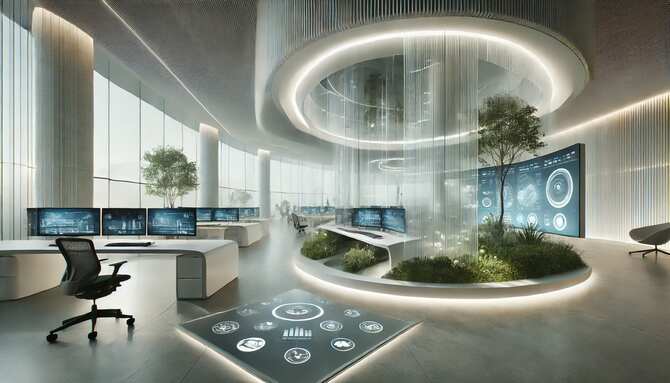Cost-Effective Facility Management in Operational Planning: Effective facility management is a crucial component of any business’s operational strategy. Facilities, whether they are offices, factories, warehouses, or retail spaces, represent significant investments and play a vital role in the day-to-day operations of a company. As such, managing these facilities efficiently and cost-effectively is essential to maintaining profitability and operational excellence. In this blog post, we will explore key strategies for achieving cost-effective facility management as part of your operational planning.
Understanding the current state of your facilities is the first step in managing them effectively. A comprehensive facility audit provides insights into the condition, usage, and efficiency of your physical assets. This information is crucial for making informed decisions about maintenance, upgrades, and resource allocation.
We start by conducting a detailed audit of all facilities, examining factors such as energy consumption, space utilization, equipment condition, and maintenance records. This audit helps us identify areas where costs can be reduced, such as by optimizing space usage or improving energy efficiency.
Space is one of the most significant costs in facility management. Optimizing how space is used can lead to substantial savings, whether by reducing the need for additional square footage, lowering utility costs, or improving productivity through better layouts.
We analyze space utilization to ensure that every square foot is used effectively. This might involve reconfiguring layouts to maximize desk space, consolidating departments to reduce the need for extra offices, or even subletting unused areas. We also consider flexible workspace solutions, such as hot-desking, to accommodate a fluctuating workforce without increasing facility size.
Reactive maintenance, where repairs are made only after something breaks down, can be costly and disruptive. Preventive maintenance, on the other hand, helps extend the life of equipment, reduce downtime, and prevent expensive emergency repairs.
We establish a preventive maintenance schedule based on manufacturer recommendations, usage patterns, and historical data. By regularly inspecting and servicing equipment, we reduce the likelihood of unexpected failures and ensure that all systems are running efficiently. This approach not only saves money but also enhances the reliability of our facilities.
Energy costs are a significant part of facility management expenses. Implementing energy management solutions can lead to substantial cost savings, as well as contribute to sustainability goals.
We invest in energy-efficient technologies and practices, such as LED lighting, smart thermostats, and energy management systems. Additionally, we monitor energy usage in real-time, allowing us to identify inefficiencies and adjust settings to reduce consumption. We also explore renewable energy options, such as solar panels, to further cut costs and reduce our carbon footprint.
Outsourcing non-core services, such as janitorial work, landscaping, or security, can reduce costs and allow your business to focus on its core competencies. Outsourcing also provides access to specialized expertise and can lead to better service quality.
We evaluate which facility management tasks can be effectively outsourced without compromising on quality. By partnering with reputable service providers, we can often achieve cost savings while ensuring that these essential services are handled efficiently. We also negotiate contracts that include performance metrics to ensure that outsourced services meet our standards.
Technology can streamline facility management processes, making it easier to track assets, schedule maintenance, and manage space efficiently. By leveraging facility management software, businesses can gain better visibility into their operations and make data-driven decisions.
We implement facility management software that integrates with other business systems, allowing us to manage all aspects of our facilities from a single platform. This software helps us track maintenance schedules, monitor energy usage, and optimize space utilization. We also use mobile apps that enable real-time reporting and issue resolution, ensuring that facility management is proactive rather than reactive.
Cost-effective facility management is a critical aspect of operational planning that can significantly impact a business’s bottom line. By conducting comprehensive facility audits, optimizing space utilization, implementing preventive maintenance, leveraging energy management solutions, outsourcing non-core services, and embracing technology, businesses can manage their facilities more efficiently and reduce costs.
As we continue to refine our facility management practices, our focus remains on achieving long-term savings while maintaining the highest standards of operational excellence. By applying these strategies, your business can create a more efficient, sustainable, and cost-effective facility management plan that supports your overall operational goals. Let’s work together to manage our facilities in a way that drives both cost savings and operational success!









